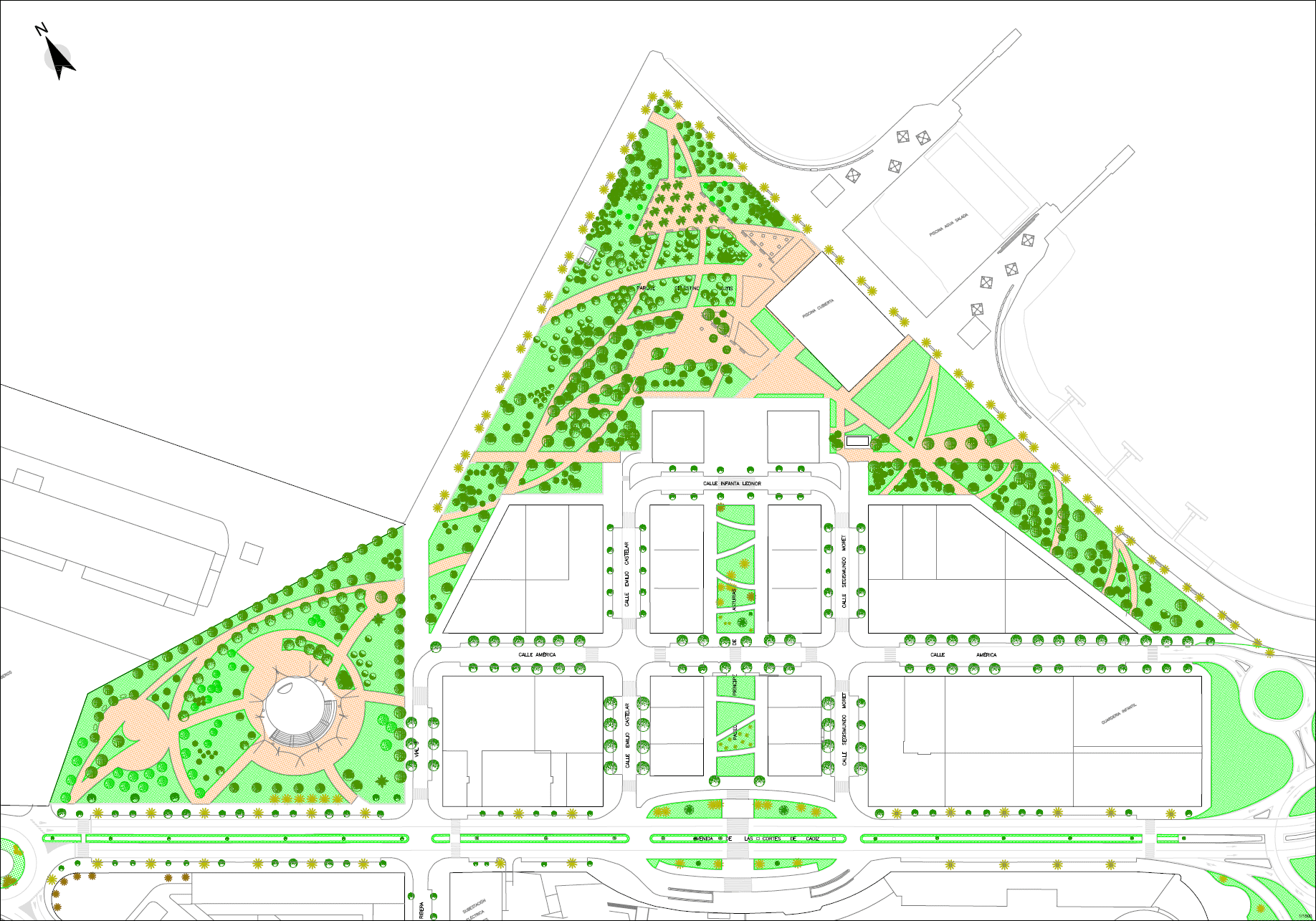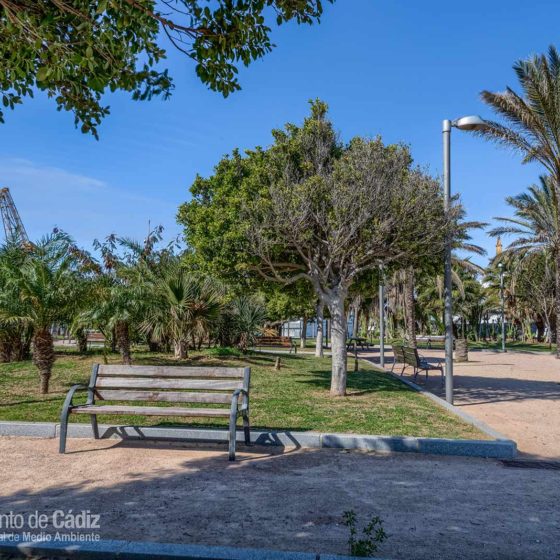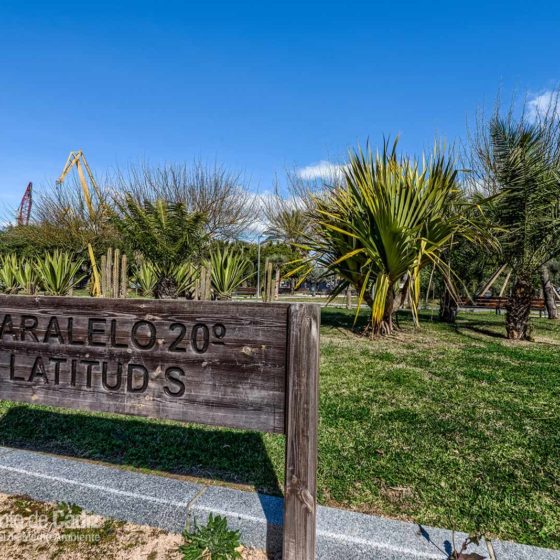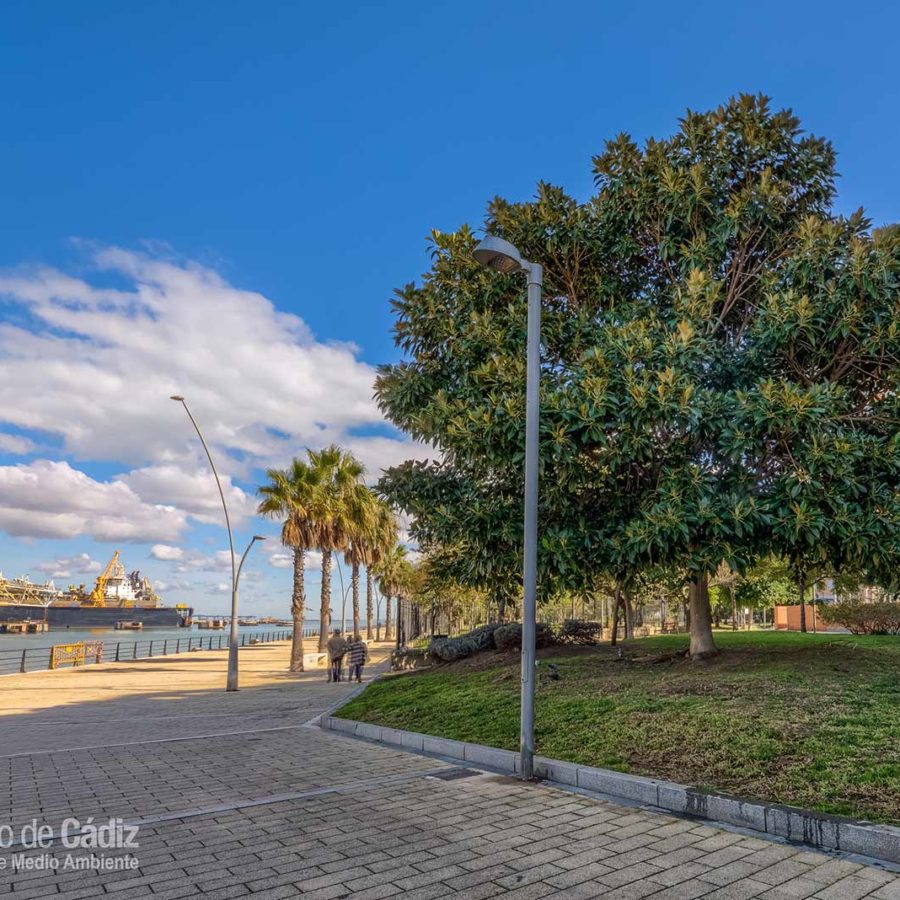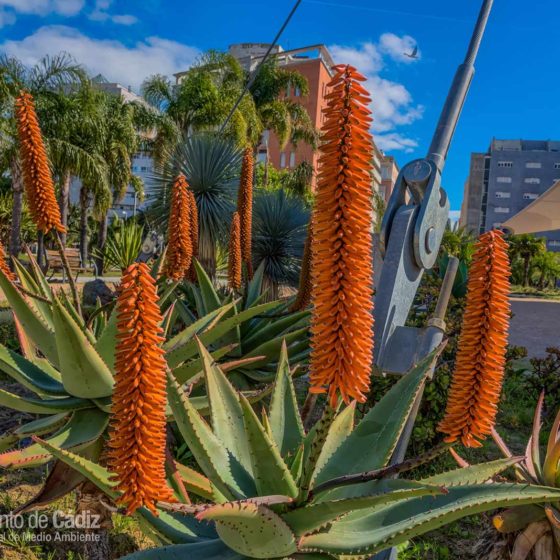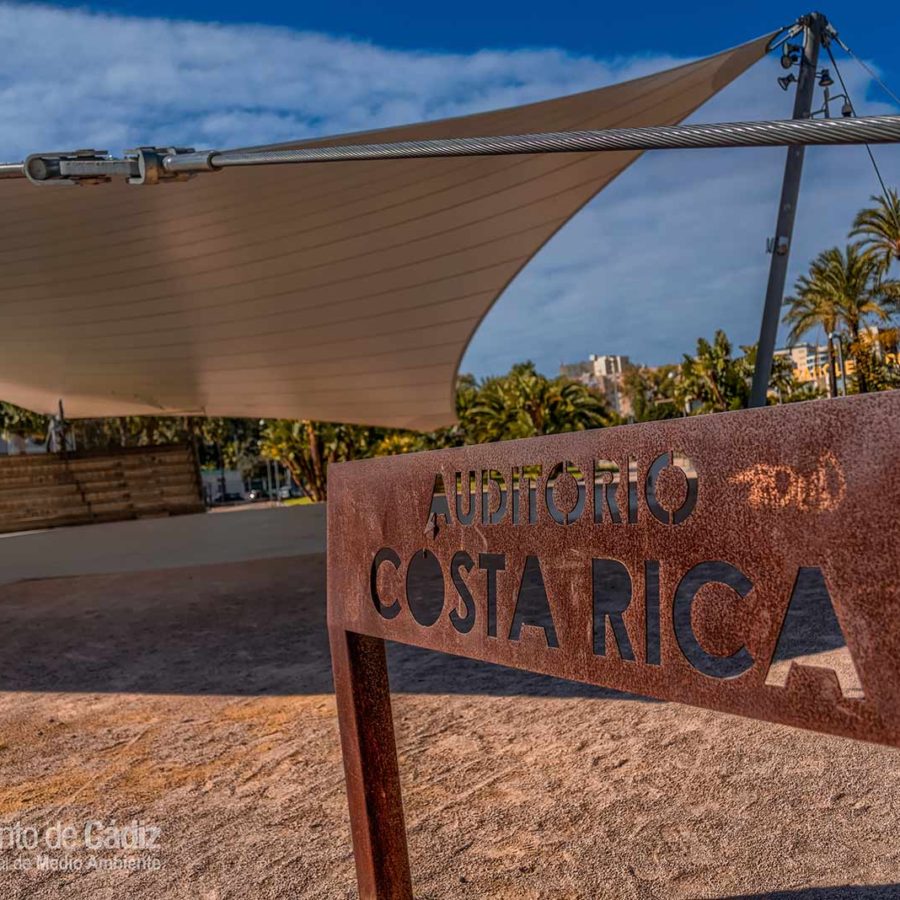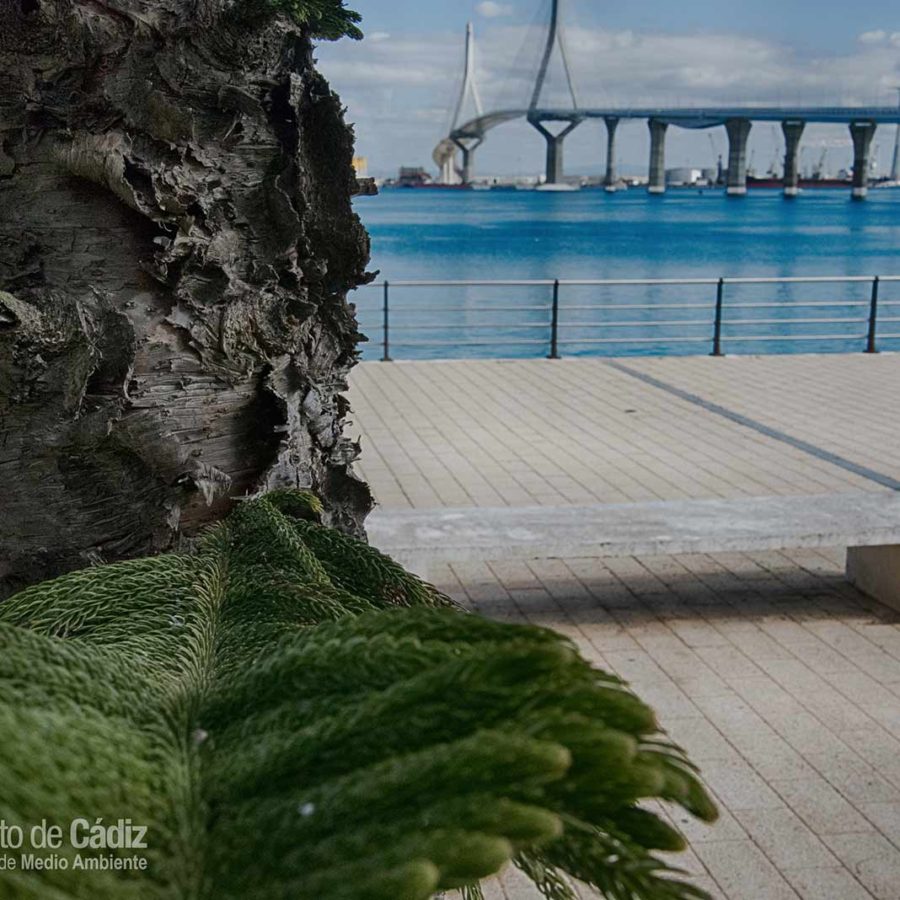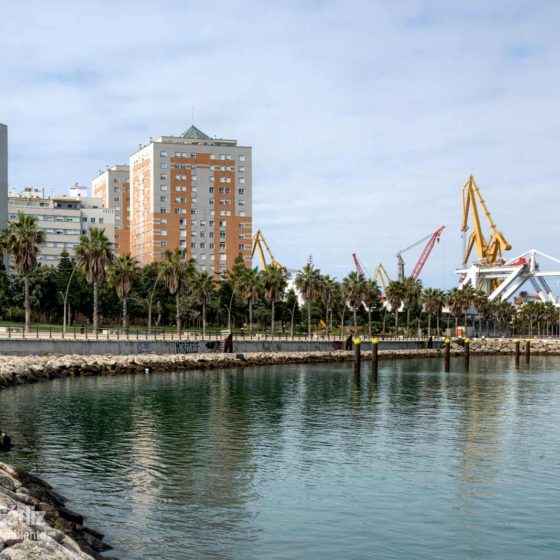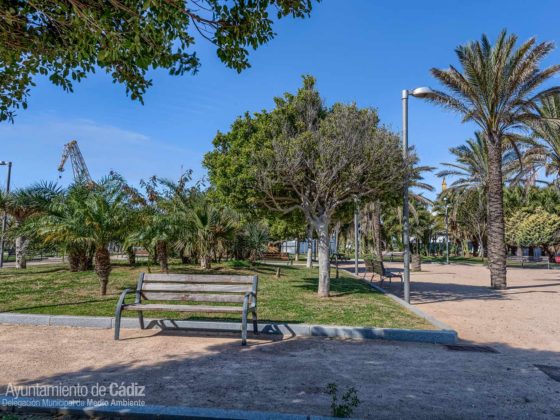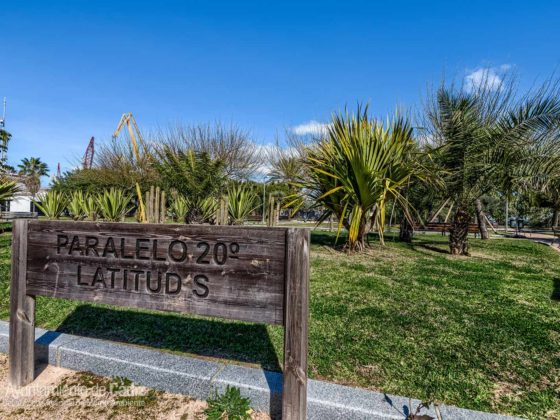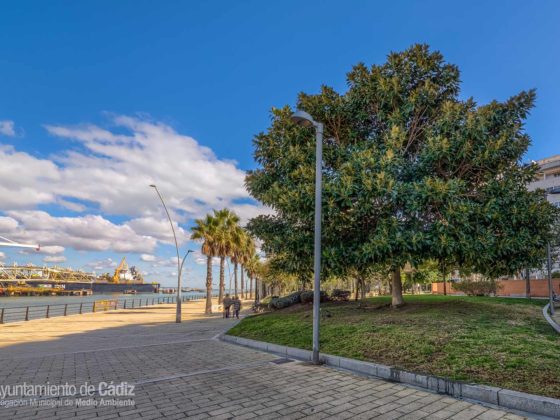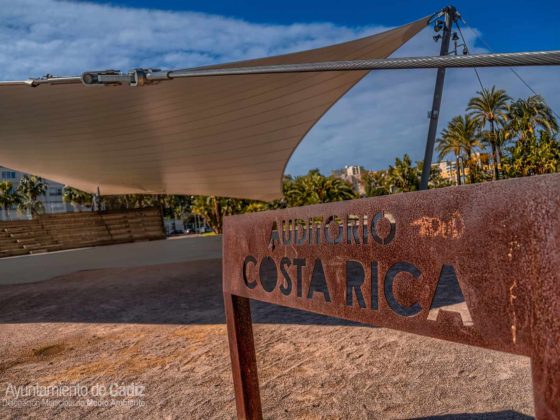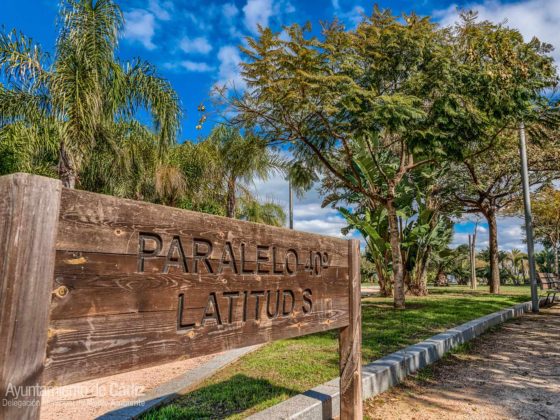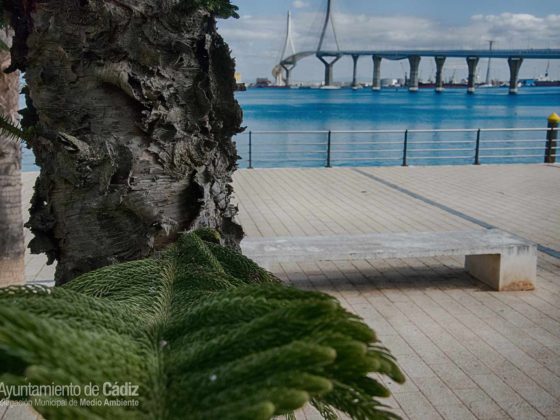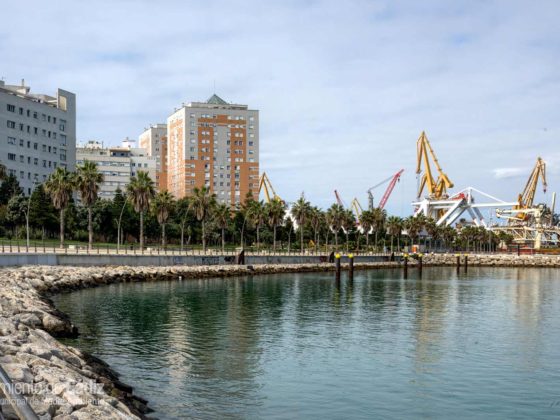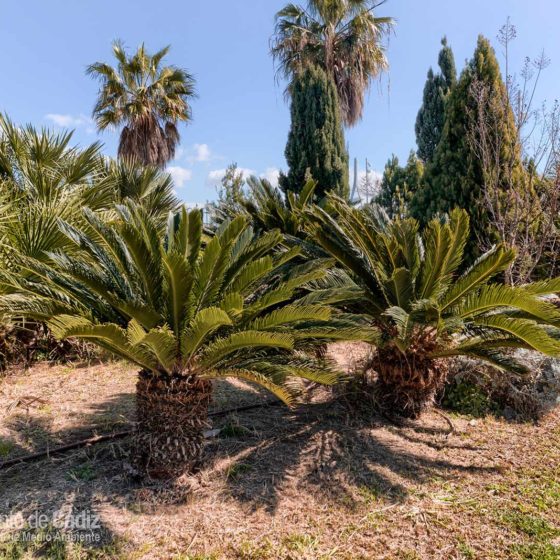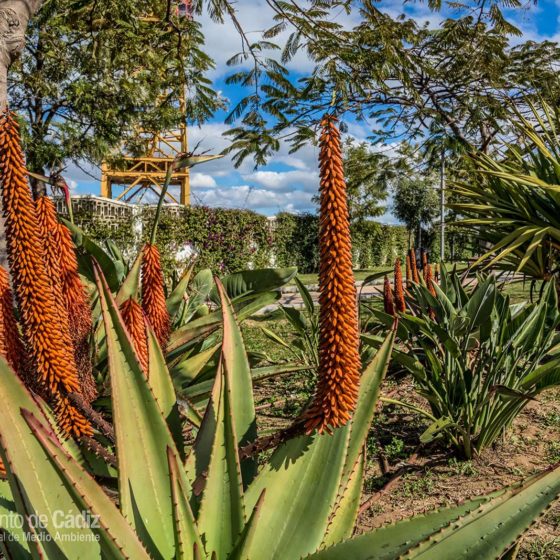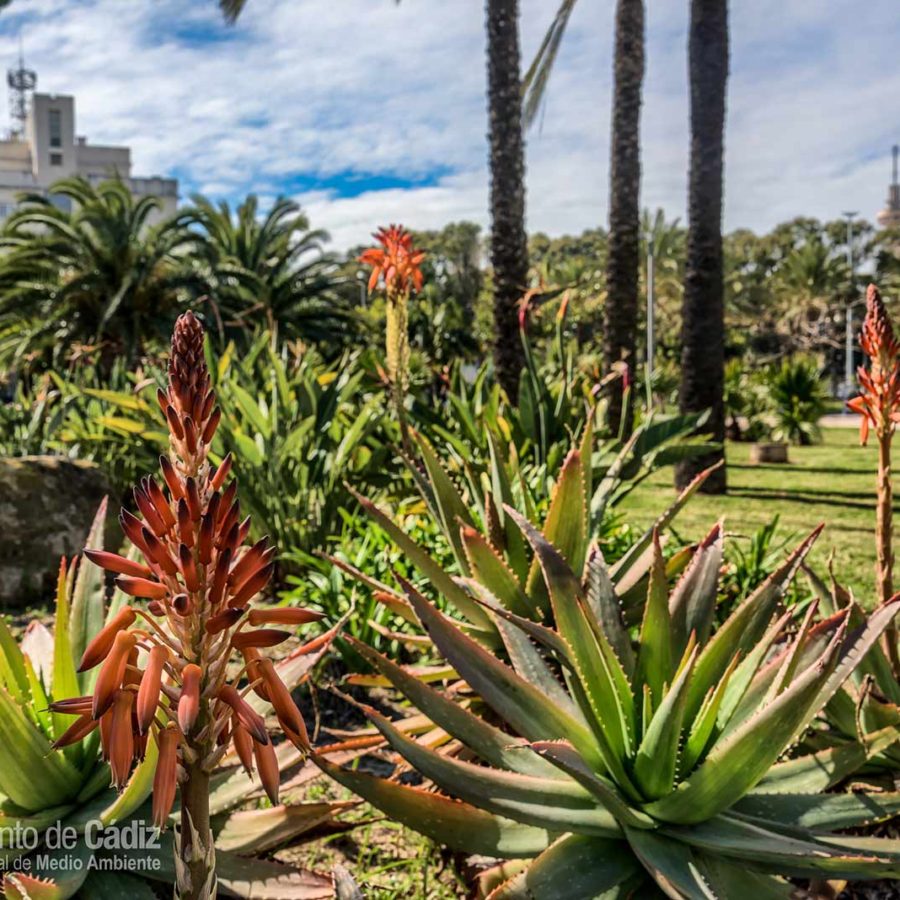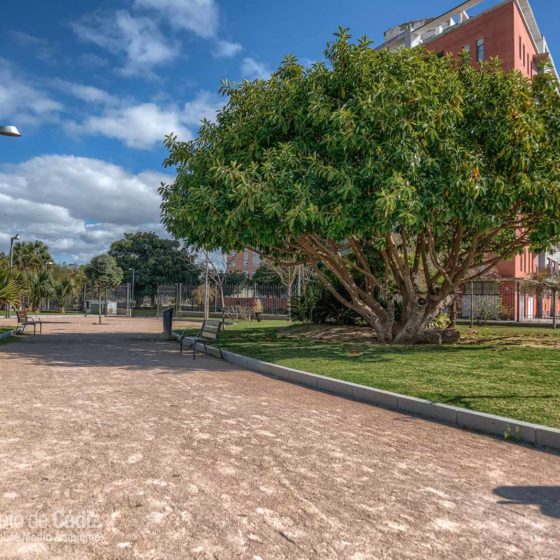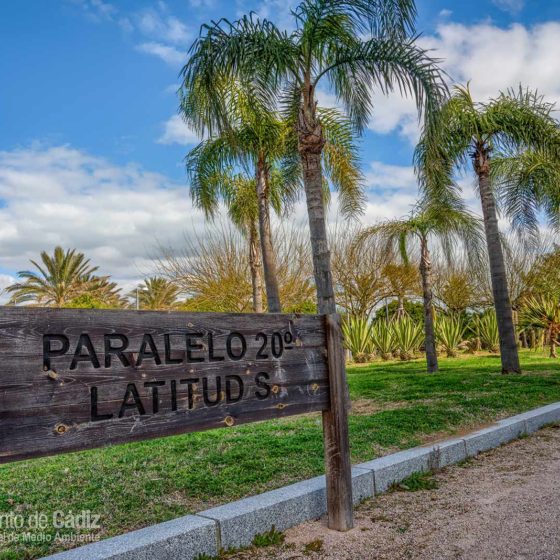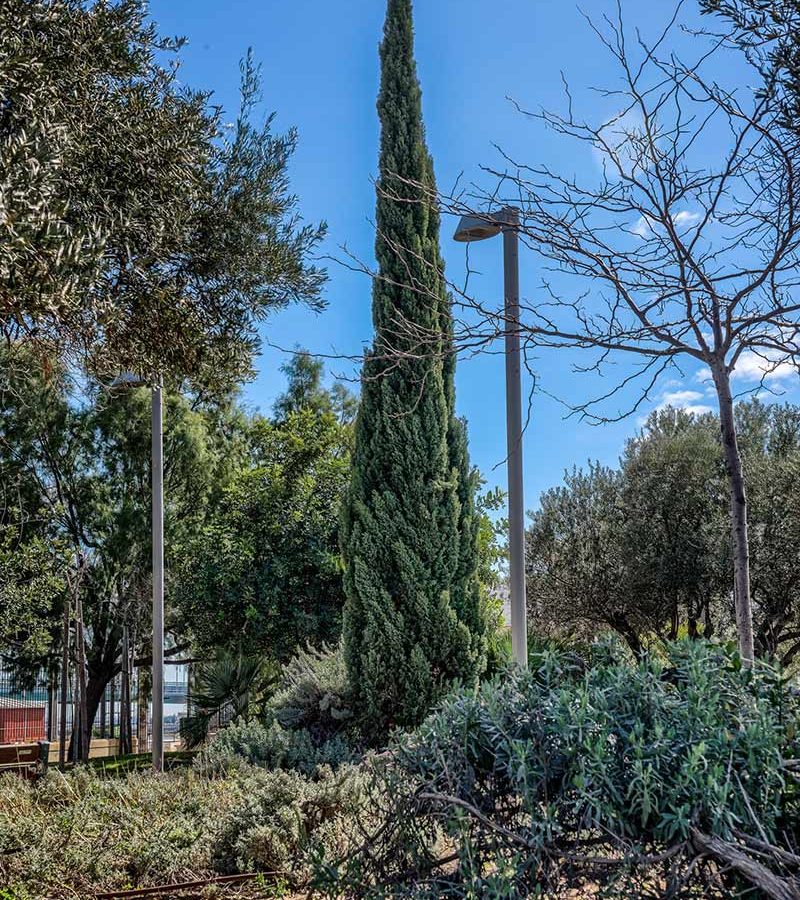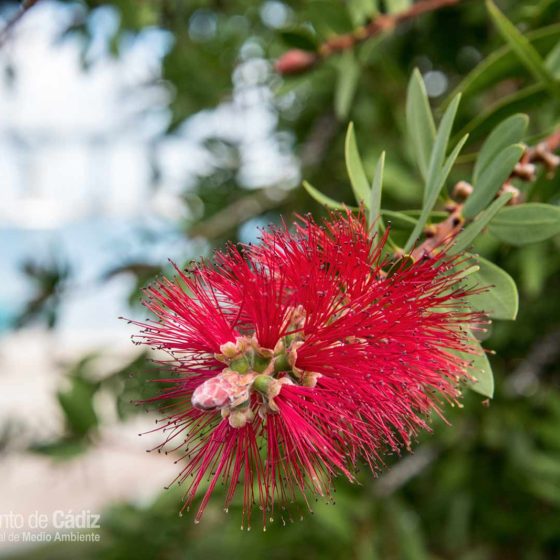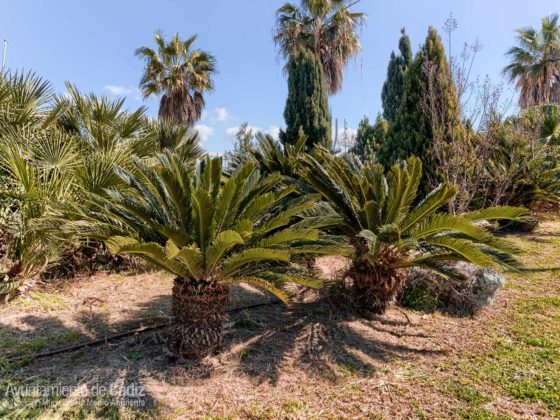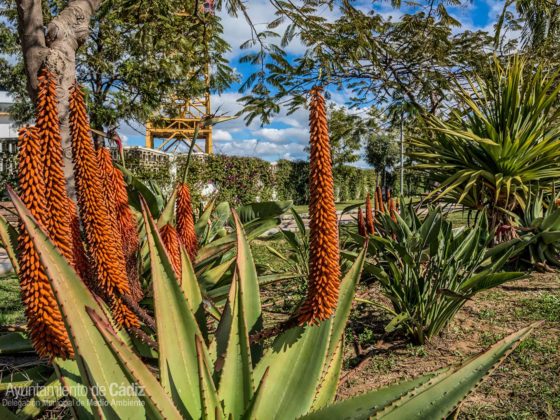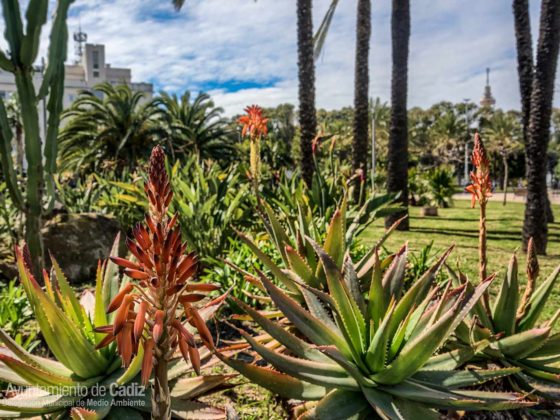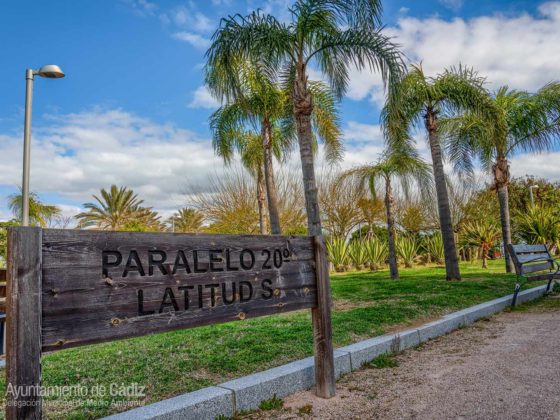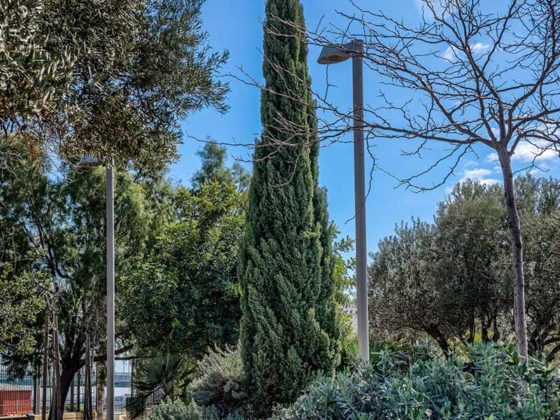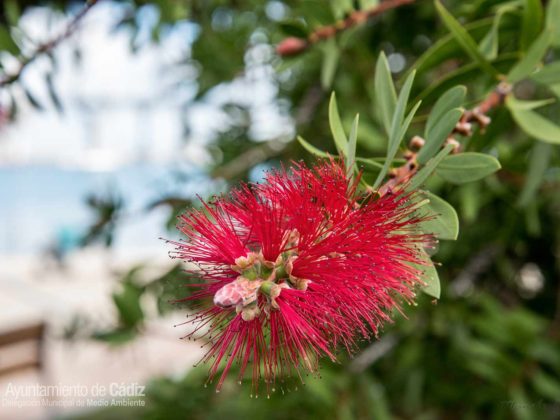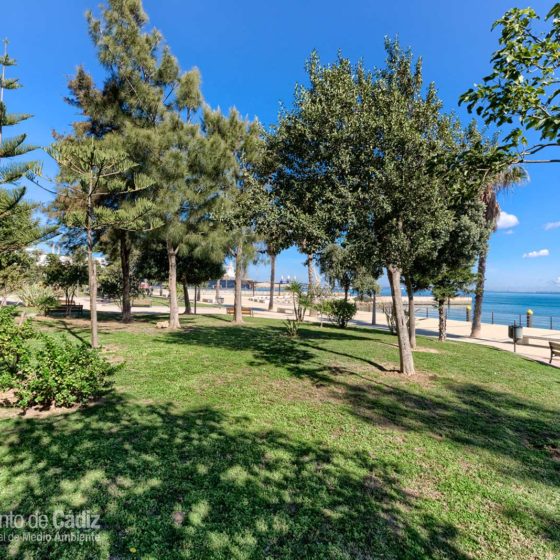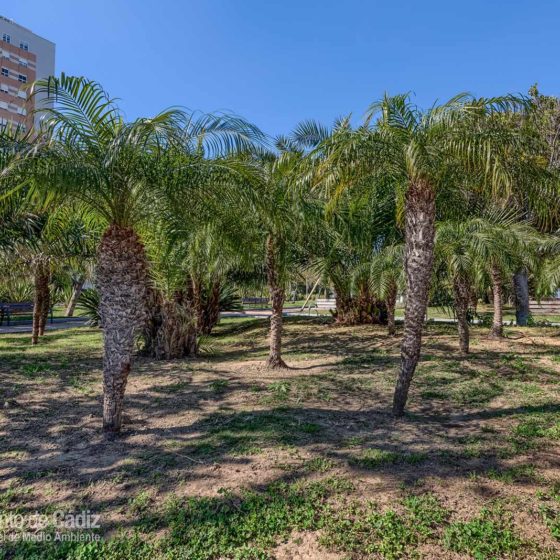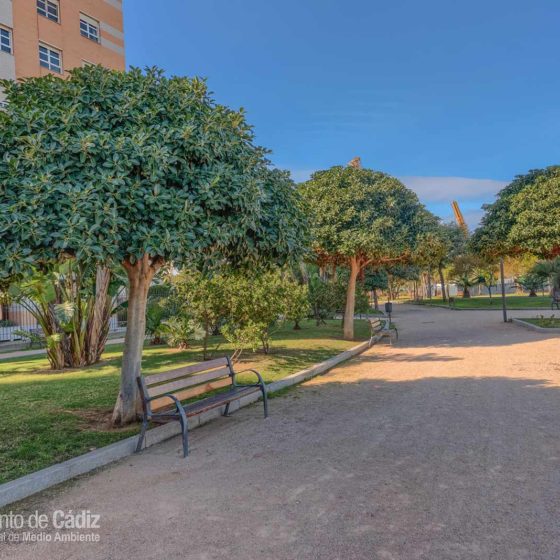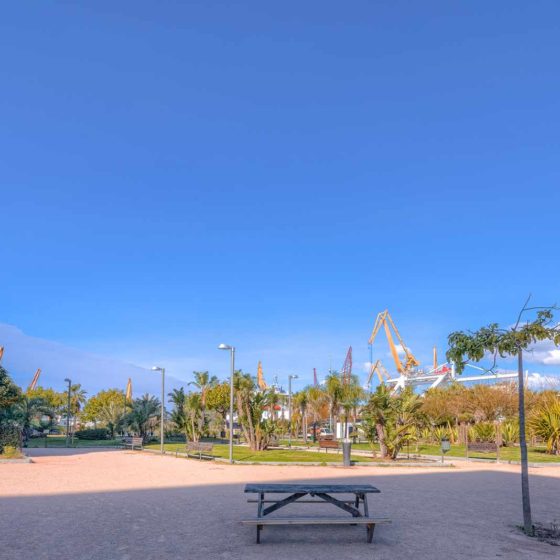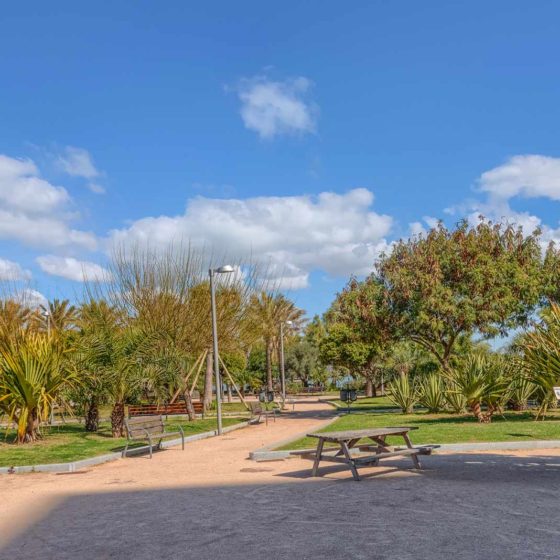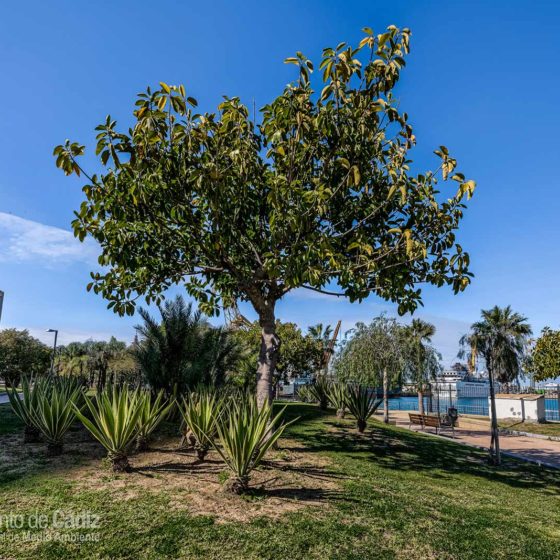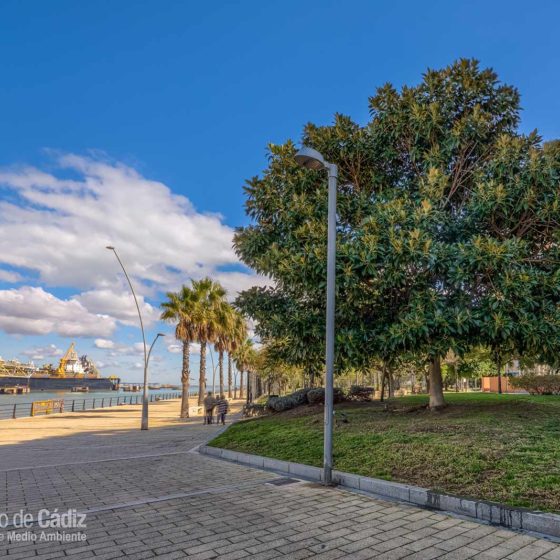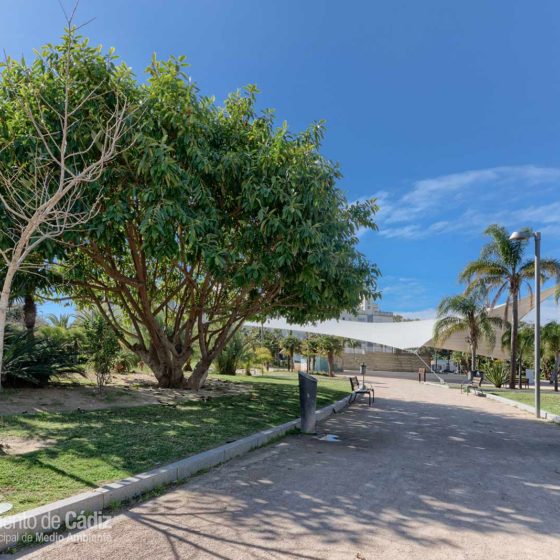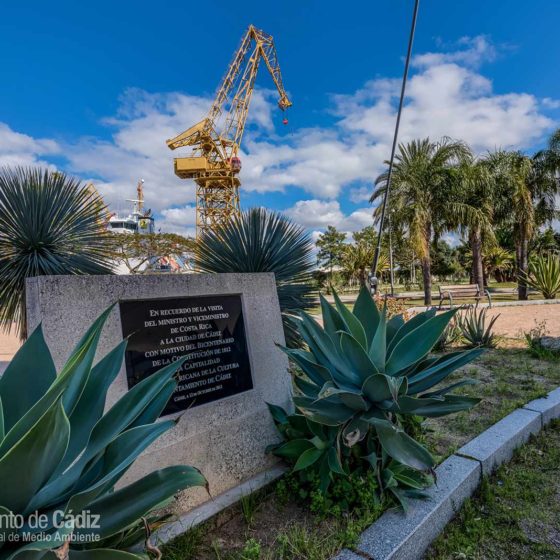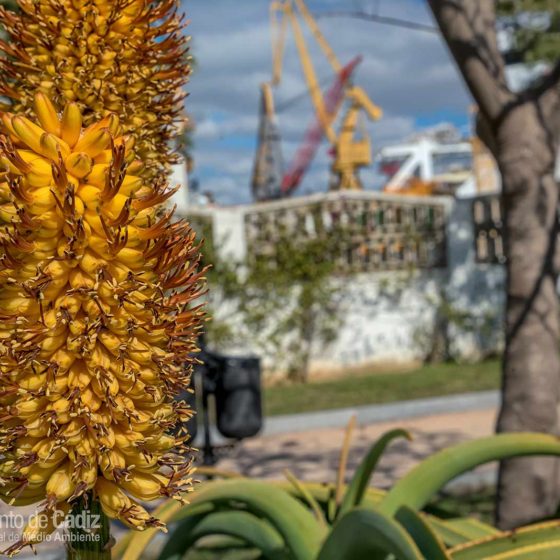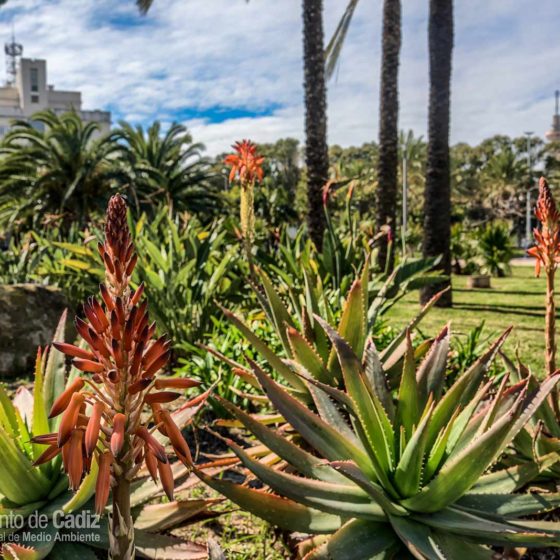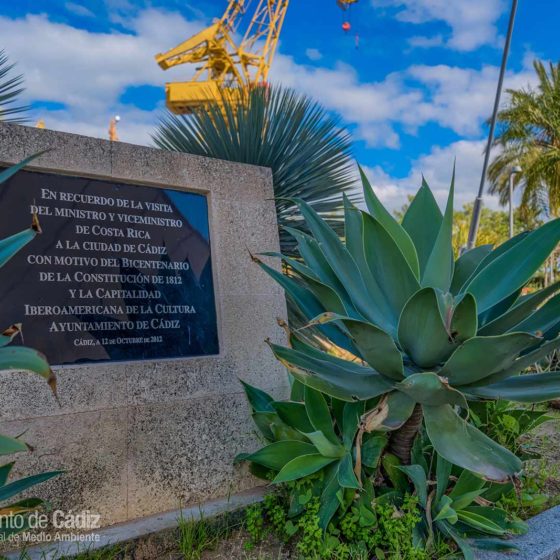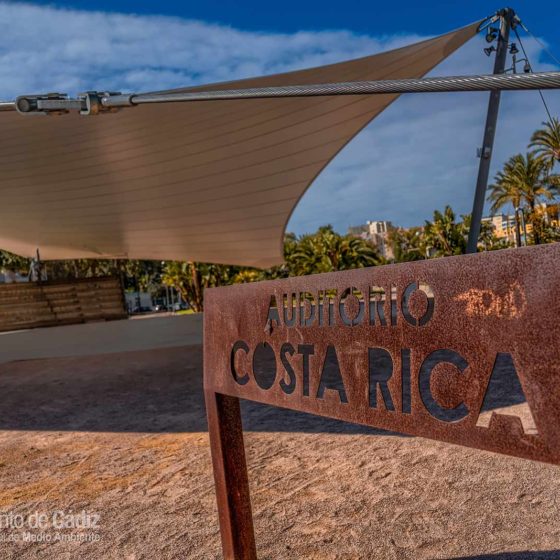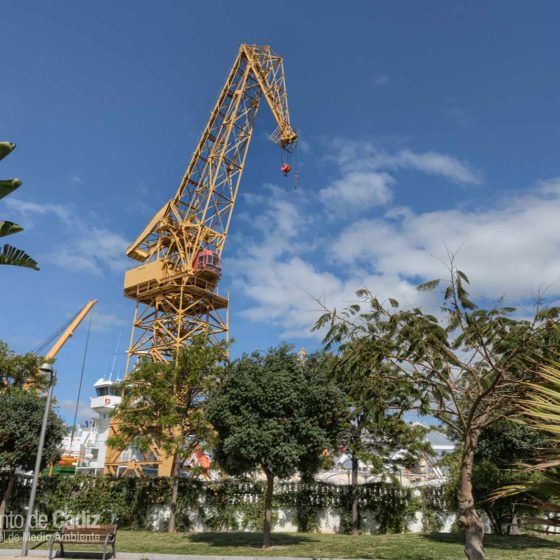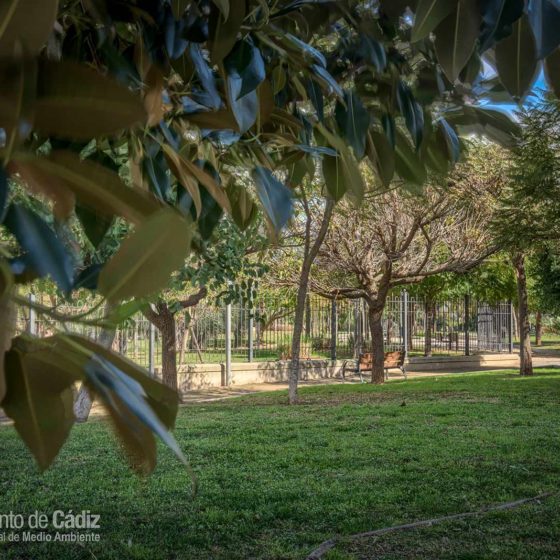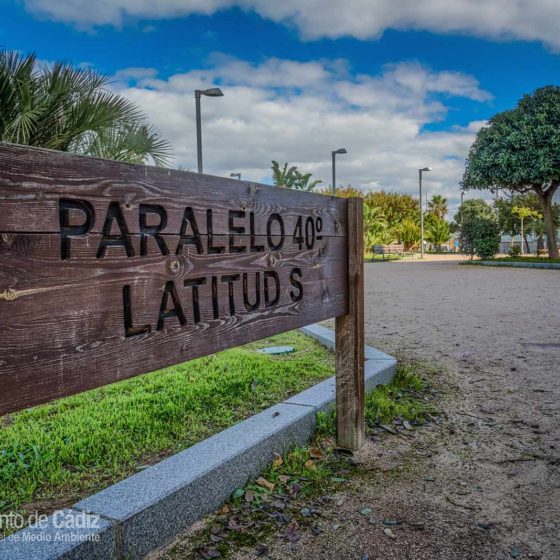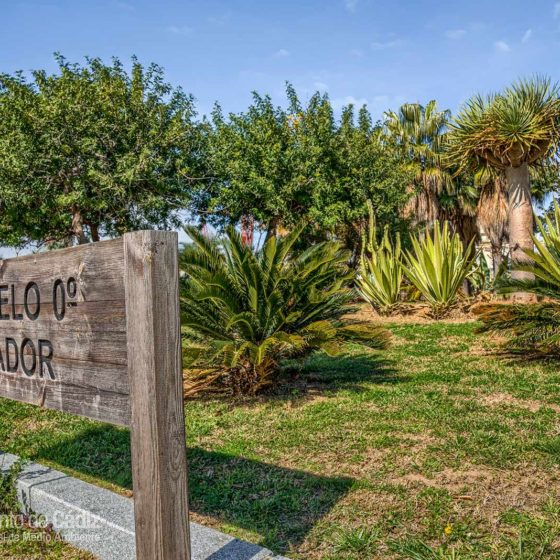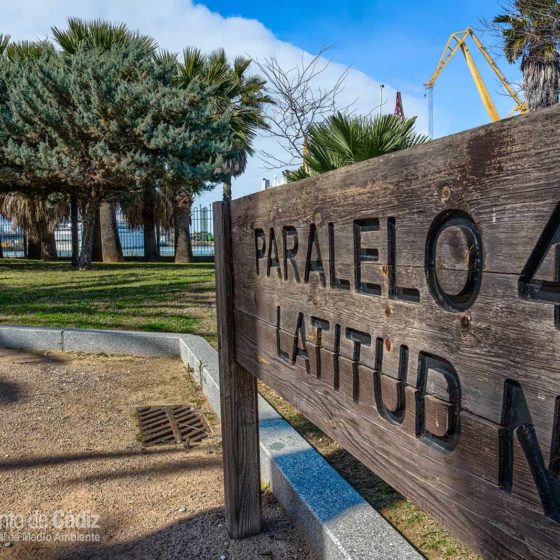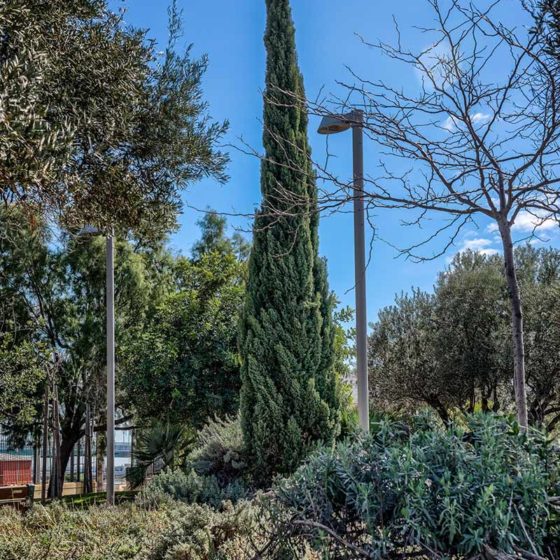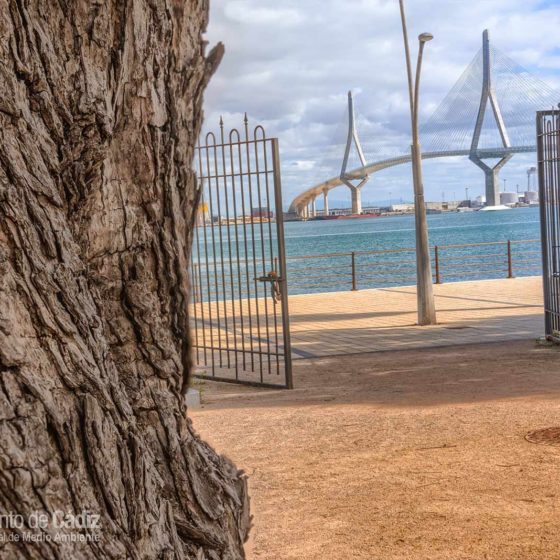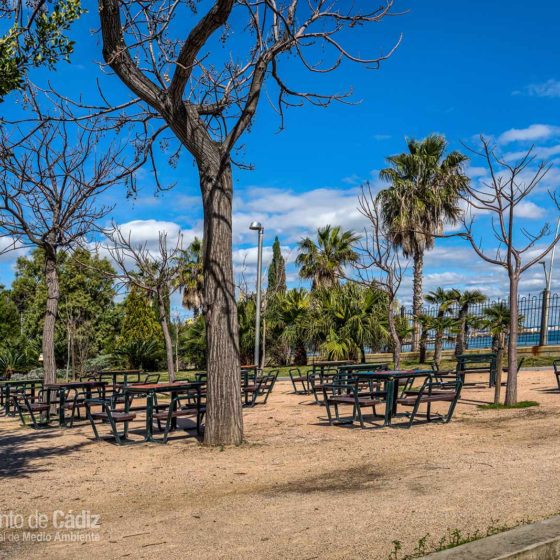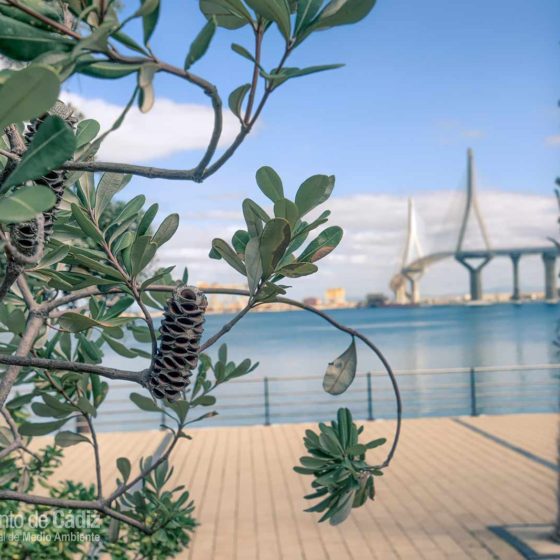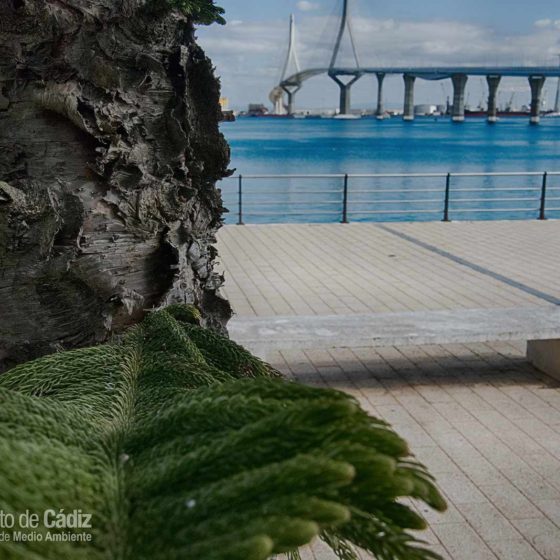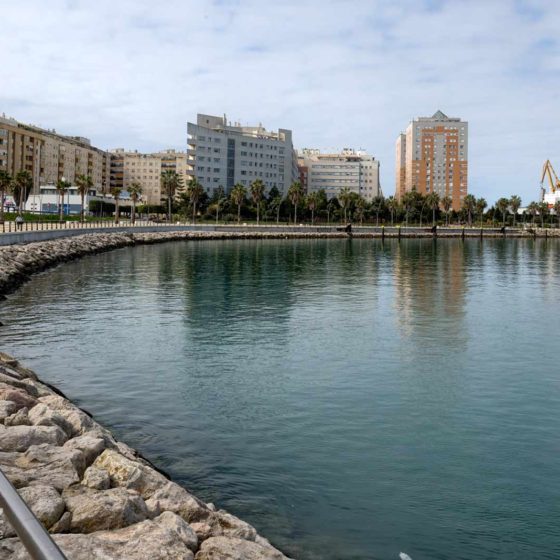It owes its name to the renowned Cádiz botanist José Celestino Mutis
With an area of 37,965 m², it is the largest urban area of the City destined for the green zone.
The Park
Botanical Species
The Park
The Celestino Mutis Park, since its inauguration in 2012, has become the largest urban space destined to the green zone of the City.
It first came about thanks to the recovery of the space of the former grounds of the shipyards, from previous industrial use. With the inauguration of this public park, the urbanisation of the Shipyard District was completed.
It is surrounded by the new homes of the Astilleros neighbourhood, the Cortes Avenue, other grounds belonging to the Shipyards and it is connected to the Maritime border of the Bay, equipped with a new promenade. It is close to a large shopping centre and has a new point of access to the city, thanks to the Constitution Bridge of 1812.
The Park is divided into three zones facing the North, East and West.
The North and East zones are affected by the easterly wind with negative effects for the plants due to the proximity of the sea, imposing a limiting factor for the choice of the species and their distribution in the planned space.
The North and East areas are separated by the municipal facilities of the indoor pool and the west zone, due to its location. It is independent and due to its distance from the border with the sea and the existence of adjacent buildings, it is more protected from the wind.
Due to its extension and location, it is very important as a traffic, leisure and sports area. Among the facilities available are: a playground, outdoor equipment for exercises for the elderly, table tennis, board game tables and picnic areas.
One thing to highlight is the large open-air tent called Auditorio de Costa Rica, where cultural activities are held all year round. With a seating capacity of approximately 220 seats, it is covered by PVC textile material on a steel tubular structure anchored by concrete.
From the botanical point of view, the design of the Park responds to a space with a marked didactic and cultural character. In the North and East plots the ordering of the planted areas corresponds to the Latitude of their place of origin and the roads symbolise the different parallels (0º – 20º Latitude N, 20º – 40º L N and 40º- 60º L N). Its South Latitude counterparts connect the promenade of the East zone with the one of the North zone. In between here, there are many open spaces, which can be used for quick visits as well as being places of rest and leisure.
The Park contains specimens of trees, shrubs and perennials of 205 different species, which are distributed according to their length. You can find informative signs of the trees, which identify them, and which provide information regarding their origin, history, botanical characteristics, uses, etc., with a clear purpose of providing the park with a cultural and educational appeal aimed at possible visits by schoolchildren and the general public.
Botanical Species
The Park contains specimens of trees, shrubs and perennials of 205 different species, which are distributed throughout the Park.
The botanical species that make up the Park are:
|
Aeonium arboreum Aeonium arboreum atropurpurea Aeonium canariensis Agapanthus africana (azul) Agapanthus africana (blanco) Agave americana Agave americana marginata Agave americana medio-picta Agave attenuata variegata Agave attenuata Agave parryi Ageratum houstonianum Albizia julibrissin “ombrella” var. Rosa Aloe africana Aloe arborescens Aloe ferox Aloe saponaria Aloe vera Aloysia trifhylla Alternanthera bettzickiana Alyssum maritimum Amaryllis belladona Araucaria araucana Araucaria bidwillii Araucaria columnaris Araucaria heterophylla Arbutus unedo Arecastrum romanzofianum Aspidistra elatior Atriplex halimus Aucuba japónica Azalea japónica Azalea mollis Banksia integrifolia Bauhinia grandiflora Bougainvillea glabra Brahea armata Broussonetia papyrifera Buddleia globosa Butia capitata Callistemon citrinus Canna generalis |
|
Casuarina equisetifolia Cephalocereus euphorbioides Cephalocereus leucostele Cephalocereus smithianus Cereus hexagonus Cereus jamacaru Cereus peruvianus Cereus peruvianus var. monstrosus Cestrum nocturnum Chamaerops humilis Chitalpa tashkentensis Chlorophytum comosum variegatum Chorisia speciosa Chrysanthemum frutescens Cistus albidus Cistus monspeliensis Clarkia amoena Clivia miniata Coprosma repens “variegata” Coprosma repens (c. bahueri) Cordyline australis Cortaderia selloa argentea Cotyledon macrantha Cotyledon orbiculata Crassula arborescens Crassula argentea Cycas circinalis Cycas revoluta Cyclamen persicum Delonix regia Dracaena draco Drosanthemum hispidum Drosanthemun speciosum Echeverias agavoides Echeverias albicans Echeverias elegans Echeverias hyalina Echinocactus grusoni Elaeagnus pungens maculata Erythrina crista-galli Euonymus japonicus Euphorbia canariensis |
|
Feijoa sellowiana Ferocactus horridus Ficus elástica Ficus elástica décora Ficus macrophylla Ficus rubiginosa Furcraea foetida medio-picta Furcraea gigantea Furcraea selloa marginata Gazania hybrida roja Gazania splendens Gleditsia triacanthos Grevillea robusta Griselinia littoralis Griselinia littoralis “variegata” Griselinia lucida Halimium atriplicifolium Hebe speciosa Hibiscus rosa-sinensis Howea forsteriana Hydrangea macrophylla Iris germánica Jacaranda mimosifolia Jasminum fruticans Jasminum officinalis Jubaea chilensis Juniperus comunis Juniperus oxycedrus Lampranthus auranticus Lampranthus aureus Lampranthus roseus Lampranthus spectabilis Lampranthus spectabilis rosea Lantana camara Lavandula officinalis Lemaireocereus marginatus Lemaireocereus stellatus Liriope muscari Livistona chinensis Melaleuca ericifolia Melaleuca hypericifolia Metrosideros excelsa= Metrosideros tomentosa |
|
Myrtus communis Nerium oleander Olea europaea Opuntia microdasys Osteospermum ecklonis Osteospermum fruticosum Pachycereus Pachycereus pecten-aboriginum Pandanus utilis Pelargonium peltatum Pelargonium zonale Phoenix canariensis Phoenix reclinata Phoenix roebelenii Phormium tenax Phormium tenax “variegatum” Pistacia lentiscus Pittosporum tobira Plumbago capensis Podranea ricasoliana Punica granatum Raphiolepis indica Rosmarinus officinalis Ruscus aculeatus Ruscus hypoglosum Sabal palmetto Santolina chamaecyparissus Schinus molle Senecio cineraria Spiraea japonica Sterculia acerifolia Strelitzia reginae Strelizia alba Tetraclinis articulata Thuja orientalis Thymus mastichina Thymus vulgaris Trachycarpus fortunei Verbena hybrida Yucca aloifolia Yucca elephantipes |


